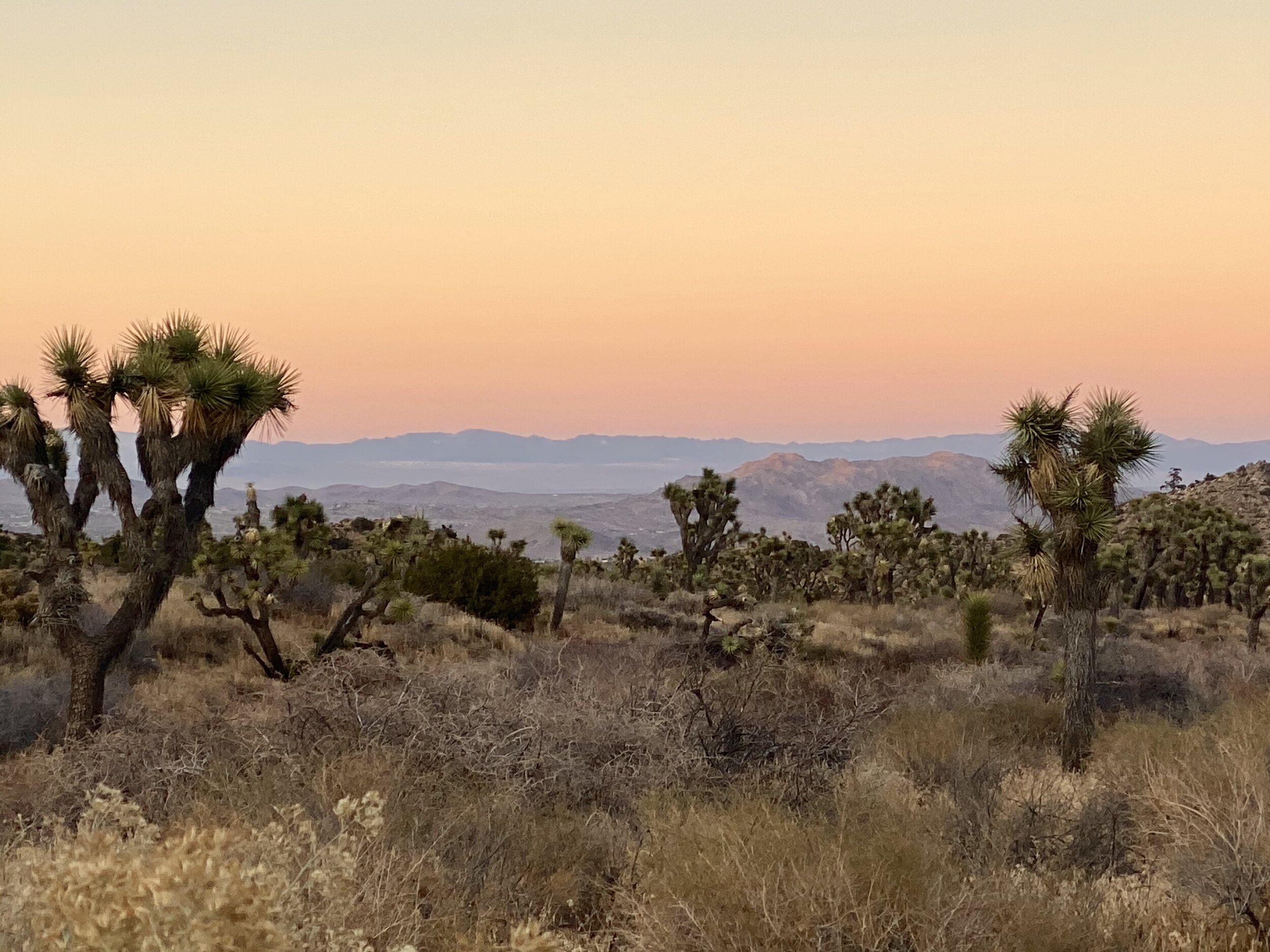The tale two extremes
What comes to mind when you imagine a desert climate? Most people picture a hot, arid, sandy environment- and while they’re not wrong- often times they don’t realize that the desert can also be a cold, frigid, & finger-numbing territory. Temperatures can drop more than 40 degrees as the sun settles below the horizon and day turns into night. Being prepared for your visit to the desert not only means carrying plenty of water and sunscreen, it also requires bringing a warm jacket, beanie and gloves!
Why does the temperature drop so drastically?
The substantial temperature difference between night and day is due to both the desert floor and the clear skies. The sand that makes up the desert floor cannot retain heat. Instead, it acts as a mirror. During the day, this means it reflects the sun’s heat, creating hot daytime temperatures. Once the sun sets for the evening the sand no longer has an energy source keeping it warm and it quickly looses all of its heat. That heat rises into the sky. Because the desert lacks clouds and humidity, the heat rising from the desert floor doesn’t get trapped by clouds; instead it escapes into the night sky, causing temperatures to plummet.
The desert is a land of extremes: extreme heat & extreme cold. Having an enjoyable experience in the desert requires packing appropriately. Whether you’ll be joining us for an overnight camping experience or for an unforgettable evening under the stars, make sure you don’t leave home without your coat! See you out there!
image by @worthyofelegance
Written by Carmelina Krein

